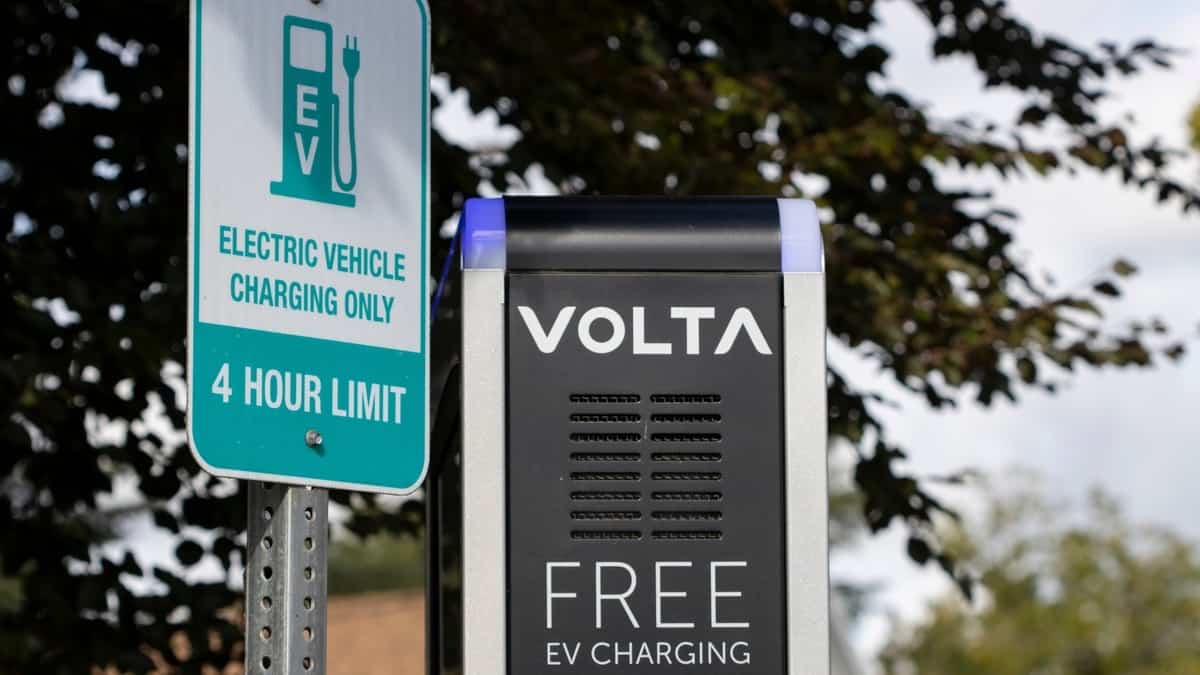The following are the top most common misconceptions about electric vehicle charging infrastructure:
| No. | Misconception | Reality |
| 1 | There aren’t enough charging stations. | While true in some areas, the number of stations is rapidly growing, and home charging is often feasible. |
| 2 | Charging an EV takes forever. | Level 2 chargers offer significantly faster charging than a standard outlet, and Level 3 stations can charge in minutes. |
| 3 | Charging an EV is expensive. | While electricity costs can vary, it’s generally cheaper than gasoline, and many incentives and programs lower charging costs. |
| 4 | Charging damages the electrical grid. | Modern grids can handle EV charging, and smart charging can even stabilize the grid by utilizing off-peak hours. |
| 5 | You need a special type of house to charge an EV. | Most homes have the necessary wiring, and simple upgrades can be made if needed. |
| 6 | EVs only appeal to environmentalists. | EVs offer benefits like lower operating costs, quieter driving, and performance advantages, appealing to a broad audience. |
| 7 | Public charging is always available. | While stations are becoming more common, it’s wise to plan ahead and check availability, especially during peak hours. |
| 8 | You can’t charge an EV in the winter. | Modern EVs are designed for cold weather, and charging performance might be slightly impacted, but not significantly. |
| 9 | Public charging stations are unsafe. | Most stations are well-lit and located in secure areas, and safety measures are constantly improving. |
| 10 | Only Teslas have access to fast charging. | Many other EV models can utilize fast charging networks like CCS and CHAdeMO. |
| 11 | You need to constantly charge your EV. | Similar to gasoline vehicles, most EVs have enough range for daily commutes, and charging frequency depends on usage patterns. |
| 12 | Charging an EV takes special knowledge. | Modern EVs and charging stations are user-friendly, and apps and manuals provide clear instructions. |
| 13 | EVs are only good for short commutes. | Many EV models offer extended ranges suitable for long-distance travel. |
| 14 | EVs are unreliable and require frequent repairs. | EVs have fewer moving parts, leading to potentially lower maintenance costs than gasoline vehicles. |
| 15 | You can’t tow anything with an EV. | Many EVs have towing capacities, and towing capabilities vary depending on the model. |
| 16 | EVs depreciate faster than gasoline cars. | Studies suggest EV depreciation rates are comparable or even slower than gasoline vehicles in some cases. |
| 17 | EVs are boring and lack performance. | Many EV models offer exhilarating acceleration and engaging driving dynamics. |
| 18 | EVs are only for wealthy people. | EV prices are becoming more competitive, and incentives and financing options make them accessible to a wider range of buyers. |
| 19 | The battery will degrade quickly and need replacing. | Modern EV batteries are designed for long lifespans, and degradation is gradual and manageable. |
| 20 | EVs are just a fad and won’t be around long. | The shift towards electric mobility is driven by environmental concerns, technological advancements, and government regulations, suggesting it’s here to stay. |

